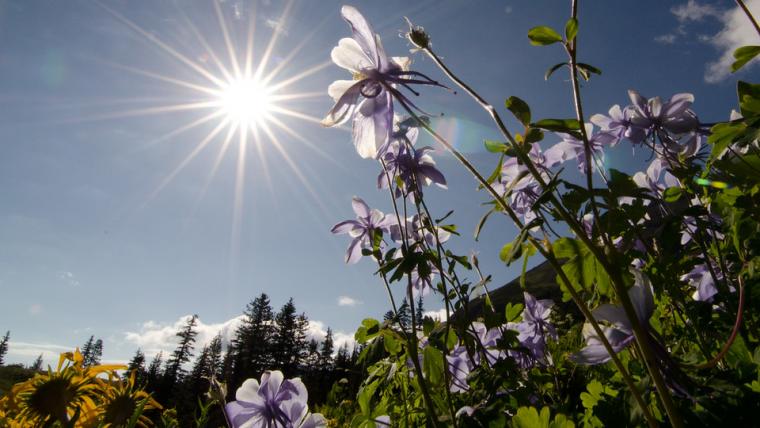
In a nutshell
People have been recording information about flowering of plants for centuries; flowers are showy and easy to observe. However, combining flowering observations collected by different people in different ways to evaluate changes in events such as the onset, peak, and end of flowering can be difficult. Authors of a new study published in Nature Ecology & Evolution analyzed data from three sources – Henry David Thoreau’s observations recorded over 150 years ago in Massachusetts, four decades of observations collected at the Rocky Mountain Biological Laboratory, and recent observations contributed by Nature’s Notebook participants across the U.S. – to demonstrate how these disparate data sources can be combined to detect changes in flowering phenology over time.
The authors found that flowering occurred earlier in years with warmer temperatures, and these results were consistent across the continental U.S. They also found increasing variability in the timing of flowering in recent years across datasets. This suggests that plants may be reaching the limit of how much they can advance their flowering to keep up with changing climate conditions.
What is special about this study?
To analyze these data the authors used a novel method previously used to estimate extinction dates. This method allowed the authors to create unbiased estimates from sparsely sampled observations that more accurately accounts for differences between datasets, including herbarium records collected in the past. Herbarium records are continually being digitized, increasing the data that can provide historical context for comparing current flowering times for many species.
The large-scale dataset on flowering phenology collected through Nature’s Notebook allowed the authors to look at changes in flowering on a continental scale. The authors evaluated observations of 63 species of deciduous broadleaf plants in 45 states.
What does this mean for YOU?
By evaluating data spanning multiple centuries, the authors of this study uncovered a picture of change in flowering from the past to the present. This study demonstrates the value of careful records kept over time, from Thoreau writing records in his journal to the modern citizen science entering data on his or her Nature’s Notebook app.
Citation: Pearse, W.D., Davis, C.C., Inouye, D.W., Primack, R.B., Davies, T.J. 2017. A statistical estimator for determining the limits of contemporary and historical phenology. Nature Ecology and Evolution. Doi: 10.1038/s41559-017-0350-0.